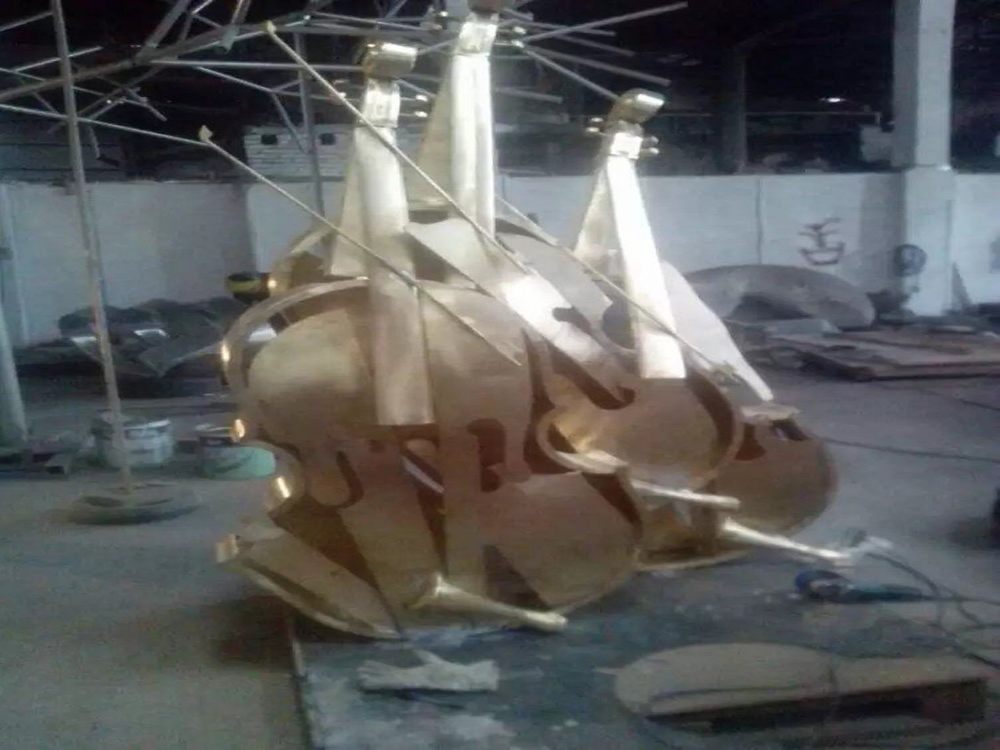
Stone sculptures have long served as a powerful medium for artists to explore themes of memory and nostalgia. By carving enduring materials like marble or granite, creators immortalize fleeting emotions, personal histories, and collective cultural narratives. The tactile nature of stone—its weight, texture, and permanence—mirrors the way memories solidify over time, while its cool surface invites contemplation.
Many sculptors intentionally leave rough, unfinished sections to represent fragmented recollections, contrasting with polished areas that symbolize vivid moments. Some incorporate symbolic motifs like clocks, weathered faces, or interlocking forms to visualize the passage of time. Contemporary artists often combine traditional techniques with modern installations, placing stone pieces in dialogue with ephemeral materials to highlight tension between permanence and transience.
Site-specific works in historical locations deepen this connection, where the sculpture's material and subject resonate with the land's layered memories. Through these methods, stone becomes more than a medium—it transforms into a tactile bridge between past and present, inviting viewers to reflect on their own nostalgic journeys.

